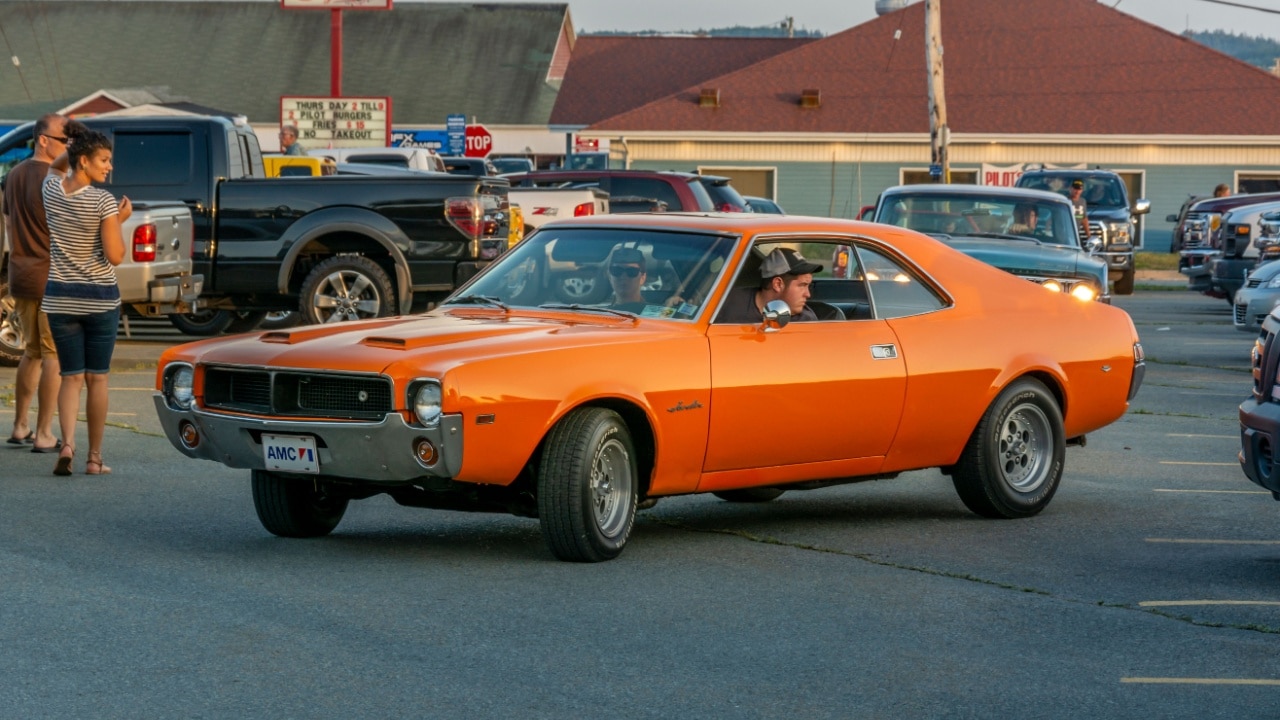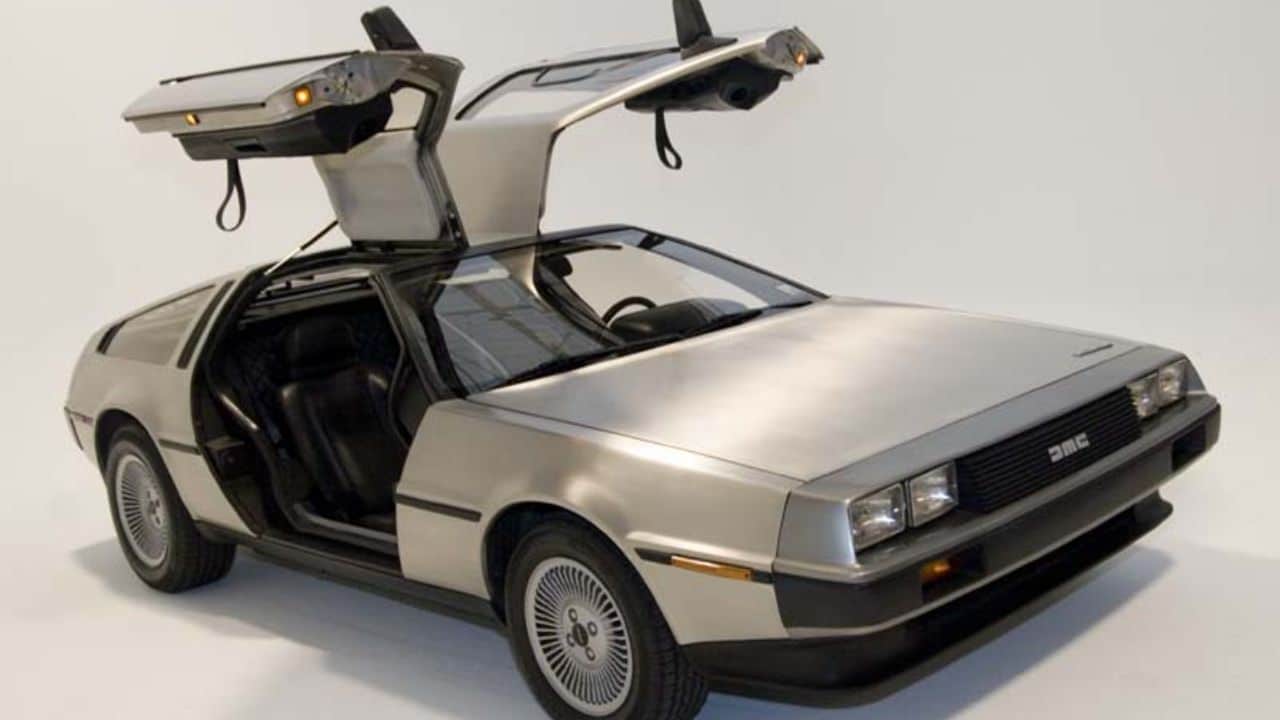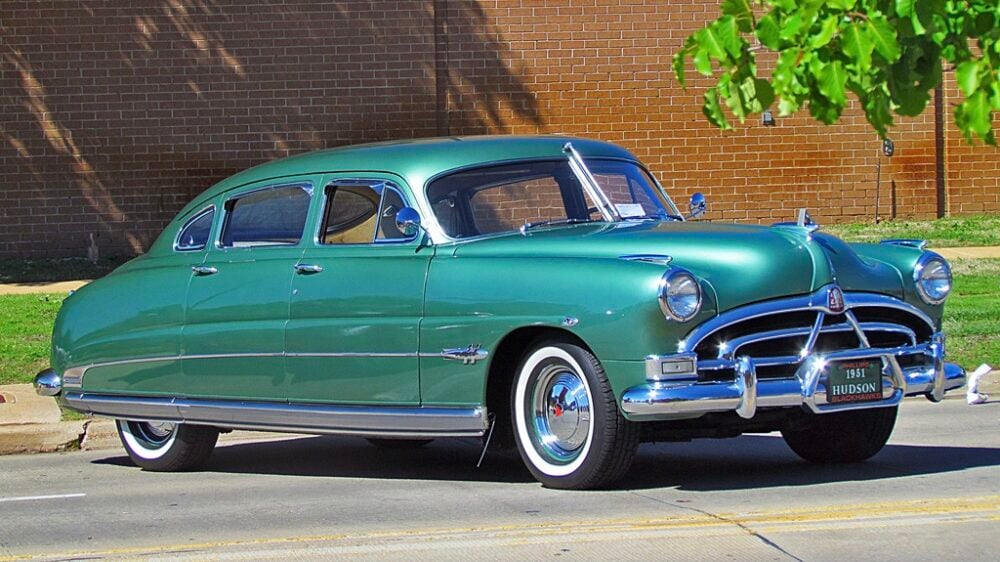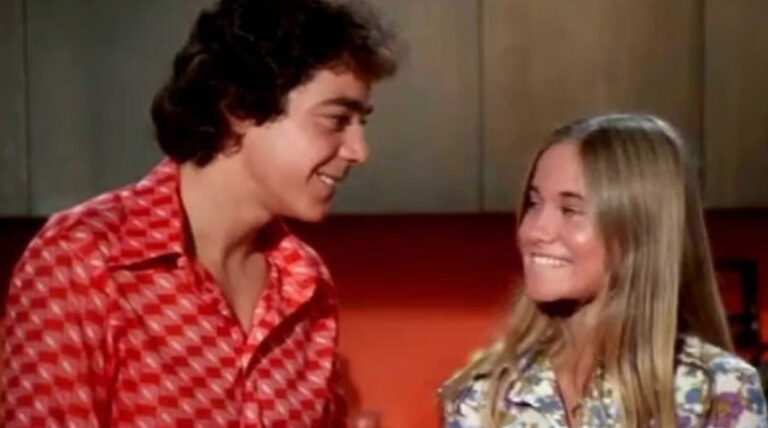13 Vintage Cars We Want to See Remade Today

You don’t have to be a collector or enthusiast to love classic cars. Everyone with eyes and ears can appreciate their charming looks and nostalgic appeal, even if you were born many years after they stopped making the car.
Classics will always have a special place in our hearts, no matter what the present and future holds for automotive design, technology, and engineering.
For this reason, it’s only natural that as much as we cherish the originals for their historical significance and nostalgic charm, we can’t help but wonder what these beloved classics would look like reimagined and revived for the modern era.
Pontiac GTO

We know General Motors already tried to revive the legendary GTO in 2004 and failed, but that doesn’t mean we didn’t like the idea. GM just failed to nail the recipe, basing the modern GTO on the Australian Holden Monaro sports car, angering purists and GTO fans with the extensively shared components.
The 1960s original is a million-dollar collector item today, signaling just how important the nameplate is in automotive history.
GM should consider reviving the Pontiac brand with the GTO as the flagship. After all, the GTO is a big part of why the Pontiac brand hasn’t faded into obscurity despite shutting its doors more than a decade ago. A modern take on The Judge is long overdue.
DeLorean DMC-12

They’ve tried several times to wake this sleeping giant called the DMC-12 but failed so spectacularly each time. We tend to forget or not notice that the original DMC-12 did not need the Back to the Future movie to succeed if DeLorean had taken care of business more efficiently.
The movie helped but wasn’t enough to ensure the car’s good fortune. It was maddeningly expensive and unreliable, and its iconic gullwing doors were too heavy for its frame.
The real problem, however, was that John DeLorean was strapped for cash. They’ve come out with exciting models like the Alpha5, but we’d like to see the original DMC-12 leap forward in time with a modern twist.
Plymouth Barracuda

Thanks to the Barracuda muscle car, Chrysler beat Ford to the pony car segment by a few weeks. Chrysler got wind of what Ford was up to and made it its mission to corner the attention of younger drivers for whom Ford designed and targeted the Mustang.
Thus, Plymouth hurriedly gave birth to the Barracuda on April 1, 1964, just a few weeks shy of the Mustang’s release on April 17. It was based on the Plymouth Valiant, and its wraparound rear glass window was the largest ever installed on a production car at the time. We’d like to see Stellantis reimagine a modern Barracuda that combines vintage style with modern powertrains.
Oldsmobile 442

The 442 was a key player during the glory days of American muscle. The muscle car era in America is far from complete without the Oldsmobile 442. It was born in the same year as the Barracuda and Mustang but as an option package for the Cutlass.
However, the 442 had its eyes set squarely on the Pontiac GTO and enjoyed a successful racing career in the NHRA (National Hot Rod Association) racing series. We can’t wait to see GM bring back the 442 with today’s engineering and performance capabilities.
The 4-barrel carburetor, 4-speed manual transmission, and dual exhausts could be reinterpreted as 4-wheel drive, four electric motors, and 2-second 0–60, or 4-cylinder turbo, 4-wheel steering, and two electric turbochargers.
AMC Javelin

Although the Javelin joined the pony car segment four years after the Mustang started the party, the feverish craze was yet to subside. While it joined the party as an underdog in the muscle car world, we’d like to see Chrysler or Stellantis correct this perception with a more powerful Javelin incarnate that exudes the distinct style and competitive spirit of the AMX variant.
We want the same fastback design, pronounced fender arches, long hood, and short deck proportions.
Studebaker Avanti

At this point, a revived Avanti sounds like a mad fantasy. Studebaker merged with the Packard in 1954 when it shuttered its doors in 1966. It switched to real estate and financial services and, by 1967, joined with the Worthington Corp. to make aerospace and defense equipment.
The Studebaker name has since melted into several entities via mergers and acquisitions, culminating in McGraw-Edison’s acquisition by Cooper Industries in 1985. In any case, private investors in the form of Studebaker dealers already tried to revive the Avanti in 1965 but could not keep the Avanti II in production longer than 1985.
We believe strongly in the idea of an Avanti III driven by the original’s speed records at the Bonneville Salt Flats, including a top speed of over 170 mph in a modified version.
Packard Caribbean

A modern Packard Caribbean is necessary because it’s forgotten, which isn’t fair at all. We’d love to see this 1950s luxury convertible reimagined with modern Rolls-Royce-level luxury features and design.
It should keep its signature full-wheel covers, low lines, long hood, and bold front grille. The Caribbean was an exclusive, high-end convertible that was unafraid of staring contests with luxury superstars like the Cadillac Eldorado and the Buick Skylark.
Hudson Hornet

How about a new Hornet that combines the nameplate’s racing heritage with modern performance and technology? Introduced in 1951, the Hornet was widely celebrated for its remarkable performance, handling (thanks to its recessed floorpan between the chassis rails), and engineering, and we think it deserves the applause of modern drivers.
The biggest challenge will be replicating the qualities that set the car apart in the ‘50s. Although modern performance cars aim to lower the center of gravity as much as possible to improve handling and stability, none has been as bold as the classic Hornet’s “step-down” design that sat passengers lower in the chassis. A modern Hornet could replicate this with an innovative twist.
Nash Metropolitan

We hope Chrysler or Stellantis take another shot at the Metropolitan, even if it’s just to prove the needs of urban dwellers haven’t changed in centuries. It could teach us a thing or two about advertising. Nash built around 95,000 units of the Metropolitan before merging with Hudson to form AMC.
The automaker’s strategic marketing campaigns were one key to the Metropolitan’s commercial success. They targeted urban and suburban markets while promoting the car’s relevant aspects, such as its ease of parking and maneuvering around tight spaces, which appealed to city dwellers.
The Metropolitan was compact and efficient for the American market. It was around 149.5 inches long and had a wheelbase of 85 inches, making it significantly smaller than most American cars of its era.
Triumph TR6

Imagine this British roadster reinvented with modern materials and engineering without discarding its classic appeal. An innovative take on the same long hood, short rear deck, and wide stance should make sense in the modern era.
We love how Volvo’s motorsport partner, Cyan Racing (originally Polestar Racing), reimagined the ‘60s Volvo P1800 as the P1800 Cyan in 2020. The car was so true to its roots that if you stared hard enough, you could pretty much see the original P1800.
Although we doubt it, we think BMW should treat the TR6 the same way it treated the P1800 Cyan. In case you’re wondering, Triumph merged with British Leyland in 1968, and BMW acquired the Rover Group in 1994. The Bimmer kept the Triumph brand when it sold off most of Rover in 2000. It hasn’t used the nameplate since then.
Duesenberg Model J

The Duesenberg Model J deserves another go in the Millennial and post-Millennial era. It was one of the most luxurious and iconic cars in human history. Comparatively speaking, Rolls-Royce is a student compared to Duesenberg.
A modern Duesenberg could leverage contemporary luxury and performance to resurrect Model J’s and the brand’s grandeur and elegance. Duesenberg was an American marque based in Indiana. It developed the Model J to represent the ultimate expression of luxury, performance, and craftsmanship.
For example, its 265-hp 6.9-liter straight-eight engine was among the most powerful of its time. This was 1928, for crying out loud. You could buy a luxury home with Model J money back then. The Duke and Duchess of Windsor had one.
Sunbeam Tiger

Now that the Mustang has established eternal greatness, it’s long overdue for the Sunbeam Tiger to get its fair share of attention. The British Rootes Group and Carroll Shelby co-developed the Sunbeam Tiger, which explains why Shelby’s Mustang and the Tiger perform similarly even though the Stang received all the attention.
The Mustang looks more serious, but the Tiger featured a similar 4.3-liter and 4.7-liter Ford V8 engine. It was just as capable as the Mustang, boasting a 0–60 mph acceleration time of approximately 7 seconds and a top speed exceeding 120 mph.
Peugeot or Stellantis could capitalize on the classic’s small size and powerful engine to reincarnate a modern Sunbeam Tiger engineered as a tech-rich driver’s car.
Mercury Cougar

It would seem natural to bring back the Cougar since it’s a famous name in the muscle car world. However, we insist on resurrecting the 1967 Mercury Cougar. Ford subjected it to several transformations throughout its history until the nameplate was barely recognizable.
It needs a fresh start that combines its classic muscle car roots with modern styling and performance. It doesn’t need to compete with the Thunderbird, allowing it to reinvent itself as a sophisticated alternative to the Mustang.





